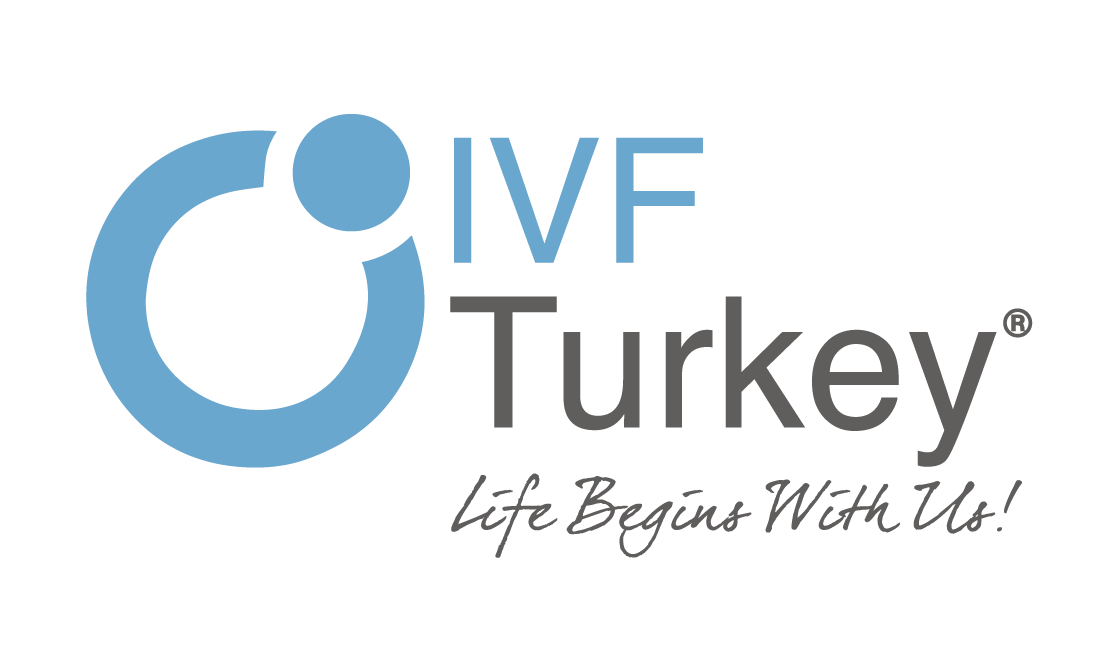In Vitro Activation (IVA) represents a remarkable advancement in reproductive medicine, specifically targeting women with certain types of infertility. This comprehensive article delves into the intricacies of IVA, exploring its scientific basis, procedural details, ideal candidates, success rates, challenges, and its potential future impact in the realm of fertility treatments.
Understanding In Vitro Activation (IVA)
IVA is a novel approach designed primarily for women suffering from primary ovarian insufficiency (POI) or premature ovarian failure (POF), conditions where the ovaries lose their normal function before the age of 40, often leading to infertility. IVA aims to utilize the dormant follicles present in these women’s ovaries, offering a chance to conceive using their own genetic material.
The Scientific Foundation of IVA
IVA operates on the principle of stimulating the growth of dormant ovarian follicles. Most women with POI/POF retain a reserve of primordial follicles that are not naturally active. The IVA process comprises two major steps: the extraction of ovarian tissue and the stimulation of follicle growth.
Ovarian Tissue Extraction
- The initial phase involves surgically removing a small portion of ovarian tissue. This procedure requires precision and is typically done laparoscopically under general anesthesia.
- The extracted tissue undergoes cryopreservation, a freezing process to preserve it for future use.
Follicle Activation
- In the laboratory, the ovarian tissue is treated with specific drugs and growth factors that stimulate the dormant follicles. This is the essence of the ‘activation’ process.
- Post-activation, the tissue can either be reimplanted into the woman’s ovary to allow natural fertilization or used in conjunction with IVF techniques.
The IVA Procedure Detailed
Pre-Procedure Considerations
- Comprehensive medical and fertility evaluations are essential to ascertain suitability for IVA. This includes assessing ovarian reserve, hormonal profiles, and overall health status.
- Genetic counseling is advised due to the genetic implications associated with conditions like POI/POF.
Surgical Aspects
- Ovarian tissue extraction and reimplantation are delicate procedures, demand high surgical skill and expertise.
Monitoring and Follow-Up
- Post-reimplantation, the patient’s response is closely monitored. This involves tracking follicular development through ultrasound and hormonal assessments.
- If follicles mature successfully, the IVF process is initiated, involving egg retrieval, fertilization in the lab, and embryo transfer.
Ideal Candidates for IVA
IVA is most applicable to women with:
- Diagnosed primary ovarian insufficiency (POI).
- Premature ovarian failure (POF).
- Low ovarian reserve without other significant factors affecting fertility.
Success Rates and Potential Limitations
- IVA is still considered an experimental procedure, and its success rates are under continuous evaluation. Early studies show promising results, but these can vary significantly based on individual factors like age and remaining ovarian reserve.
- The procedure may not be effective for all women with ovarian insufficiency, and the variability of outcomes must be acknowledged.
Risks and Ethical Considerations
- There are inherent surgical risks, including those associated with anesthesia, ovarian tissue extraction, and reimplantation.
- Hormonal changes and their physical and psychological impacts must be considered.
- The experimental nature of IVA necessitates a comprehensive discussion about the uncertainties and potential outcomes of the procedure.
The Future Outlook of IVA
As research progresses, IVA stands as a beacon of hope in the field of fertility, especially for those who previously had limited options. It’s a testament to the evolving nature of reproductive technologies and their potential to transform lives. Future advancements may refine the technique, expand its applicability, and enhance its success rates.
Conclusion
In Vitro Activation offers a new avenue for women with specific types of infertility, particularly those with ovarian insufficiency. While it heralds a significant breakthrough, the complexity and experimental status of IVA underline the need for careful consideration and consultation with specialized fertility experts. As the field of reproductive medicine continues to evolve, IVA may emerge as a more established and reliable option in the arsenal of fertility treatments.



